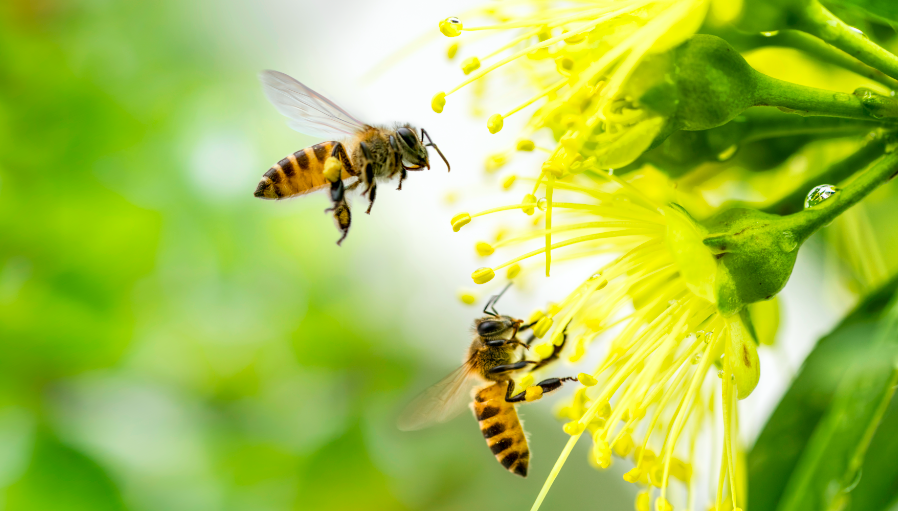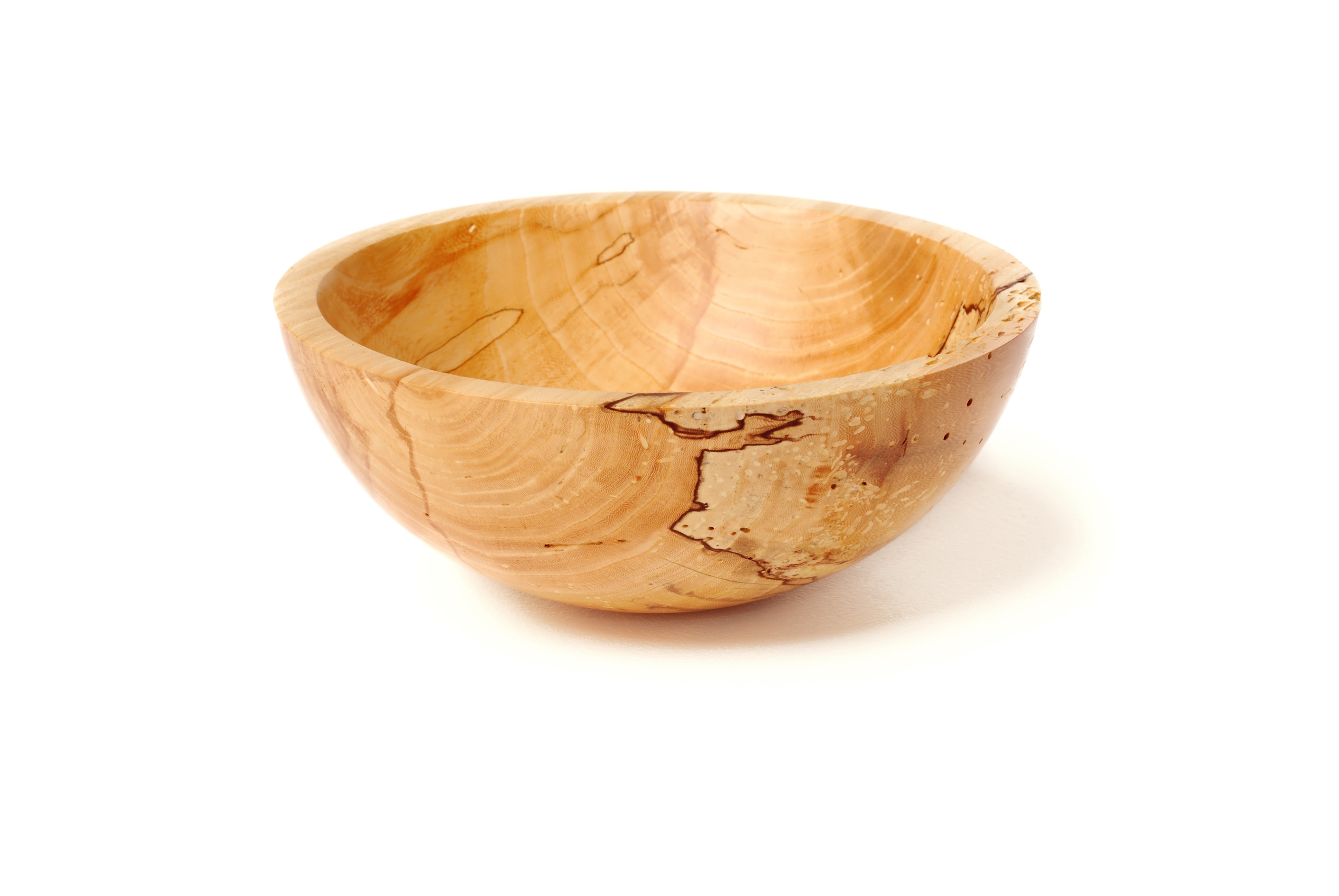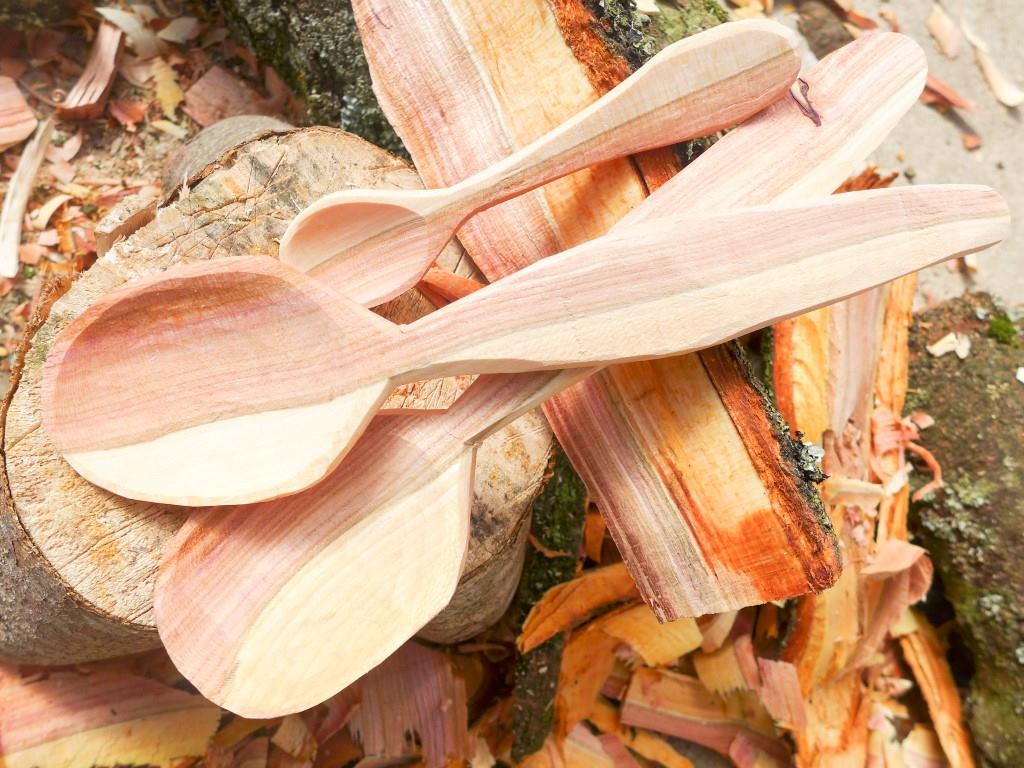Youth making a change in the fashion world, enhancing the gut-brain connection, bee numbers rebound … Positively Newsworthy is a section of the magazine in which we highlight some happy news stories from around the globe. Enjoy our 2021 edition below!
positively practical
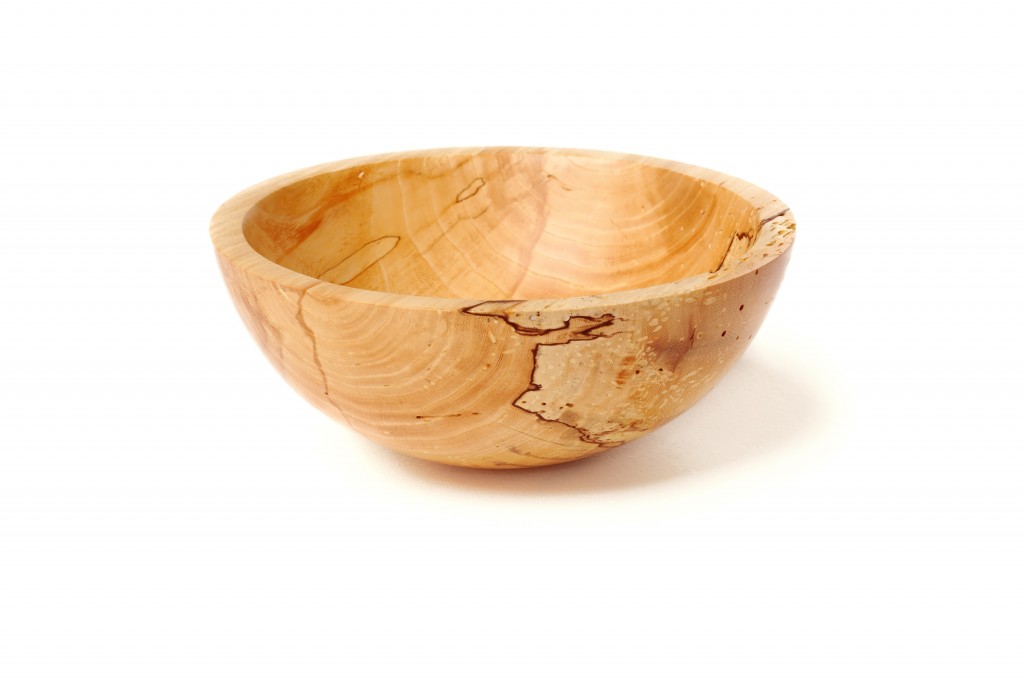
By Nick Clayson
Today, I am heading out to the shed to make a wooden bowl for eating out of. I have a large beech log liberated from Coole Park after the storms last year. Lady Gregory would have approved. It has been resting and I am hoping the fungal growth on the end of the log will have left the timber spalted, i.e., marked with black flecks, but not too soft to work. The wood will still be green (unseasoned). This is essential for working with a foot-powered pole lathe. I am growing to love working in this way. What began as learning to use a traditional and ancient tool has become a small but significant journey within. I was fortunate to spend a most enjoyable two days with Sharif Adams at the Steward Wood Community project. I learned how to roughly shape a bowl using an axe and mount it on the lathe.
Then to learn the tricky bit of how to get the long hook tools to cut. Sharif is a very skilled and patient teacher. At the end of my time there, I had a grasp of the basics. However, practising a new skill with expert guidance is very different from doing it on your own once you return home. My first bowl took me around eight hours and literally blood, sweat and tears. Think of it like learning to ride a bike, all the parts have to be there together or you have nothing. Like riding a bike, once you have it you have it and it is great, you forget about the painful phase of learning to pedal, balance, steer and look out where you’re going all at once.
There is a gentle rhythm to the pole lathe, pushing the treadle up and down with one leg. The tools are long and crook under your arm. It is a soothing process once you get the hang of it. Thin shavings of wood fly off and there is a wonderful scrunchy sound to accompany each cut.
The lathe I have made is a combination of scrap timber and a headstock hewn from a beech log. In the workshop I don’t have room for a six-metre birch pole so I have improvised a return spring using one of the many worn out bicycle inner tubes that I own. Each bowl takes on a life of its own. Ash is fibrous and teaches you how to keep tools sharp. Birch cuts and shapes easily. The beech log I’m working with today is beautiful and, although hard work, I am enjoying every second. The air is cold and the bowl spins in clouds of steam from my breath.
There is no need for cumbersome protective equipment. No ear-muffs, no gloves, no special boots, no glasses, no dust masks or any other health and safety paraphernalia to separate us from the world. I can hear birdsong and hold conversations (with myself) while working. Sights, sounds, scents, tastes, feeling it is very much a whole body practice. It makes me aware of how separate from the world our lives have become because all of these things should be very ordinary and a part of the every day, but for most of us, most of the time, they are not.
Nick Clayson is an architect, craftsman and yurt maker facebook.com/bigfootyurts
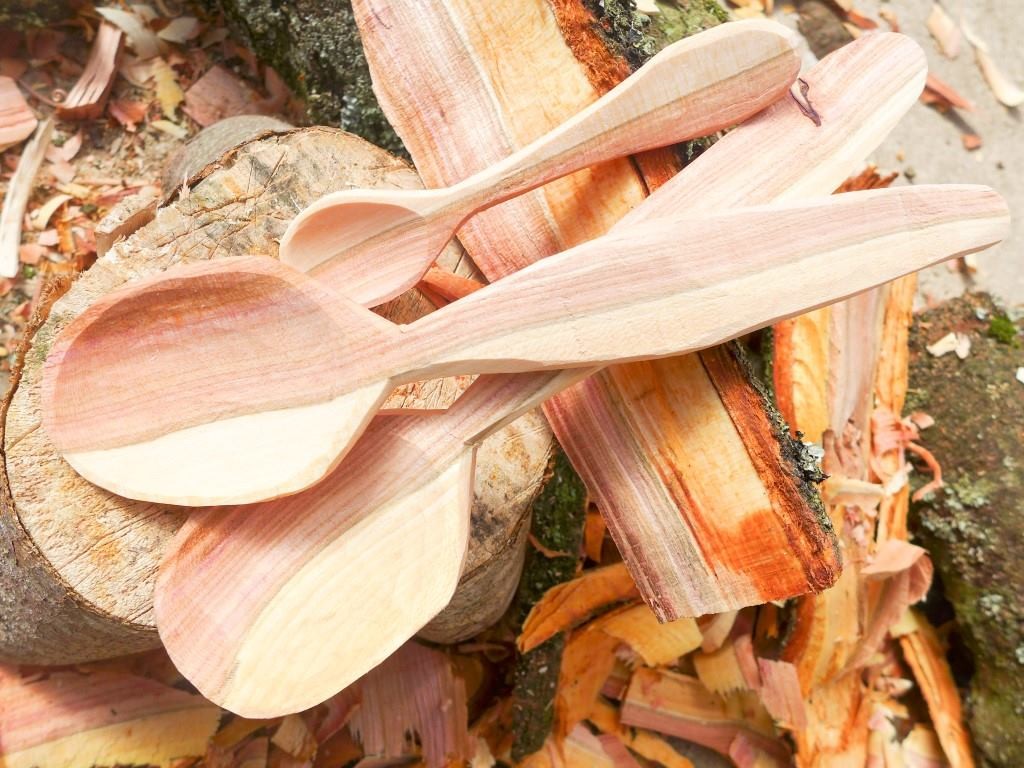
By Nick Clayson
Last summer I had the honour of helping to organise the Earthsong Craft and Creativity camp with the theme of healing through making and doing. This is of course a grand claim, but one in which I believe passionately. I have been carving spoons for a year or two now. It began as an exploration and a way of filling winter evenings. Very quickly, however, I became engaged in the process. As time has passed it has become more of a practice.
I struggle with meditation. I know, everyone does. Isn’t that the point? I will be honest here, I struggle with mindfulness, meditations and mantras. My mind has always been too busy and restless. Working with my hands allows me to clear my head. Razor sharp tools tend to help with concentration. I don’t think when I am carving a spoon. Well I might think, “Oh I’m going to do this” or “I’m going to use such and such tool”, but when I begin to carve, I’m not thinking. Not in words. There is a link between my hands and that creative notion in my brain. Any artist or craftsperson will recognise that. It is outside of time, but also very conscious, very present. We have opposing thumbs and fingers. It is what defines us and separates us from all other life. It enables us
to manipulate things in a way that no other being can. Well, maybe an octopus. The point is that those thumbs and fingers are linked with the creative, inventive process and it happens at a deep and intuitive level.
I began teaching others last year with a Spoon Day and then again at the Earthsong Craft Camp. I noticed how engaged people became. I also noticed the value of working in groups. People find it easy to interact with a common task to be performed. It makes connection much more comfortable. I think this is especially true for men. It can be hard to access and feel a part of a community. Making and doing and working together provides a door into a little world.
I was lucky as a child. I had a father who made things and fixed things. He taught me a little about using tools and how to do things. Mostly however he left me with the confidence in my own abilities to just get on and do it. Learning to carve and make spoons, then teaching others has been quite a journey for me and one which I didn’t expect when I started out. It is lovely at the end of a workshop when I see people with the things that they have made. I love that they have learned skills and how to use simple tools. Mostly though, I hope they leave with a little bit of the same confidence my father gave to me. On a personal level, the last two years have been a difficult time in lots of ways. Working with my hands making spoons and other things has kept me grounded.
Recently, a good friend paid me a lovely compliment. They said I had changed, that I was softer, calmer, more gentle and approachable. I hadn’t seen that in myself and it was nice to hear. When I go out gathering pieces of ash, blackthorn, sycamore and willow left behind by the hedge cutter and sit down to start carving, I will give thanks.
Nick Clayson is an architect, craftsman and yurt maker.

